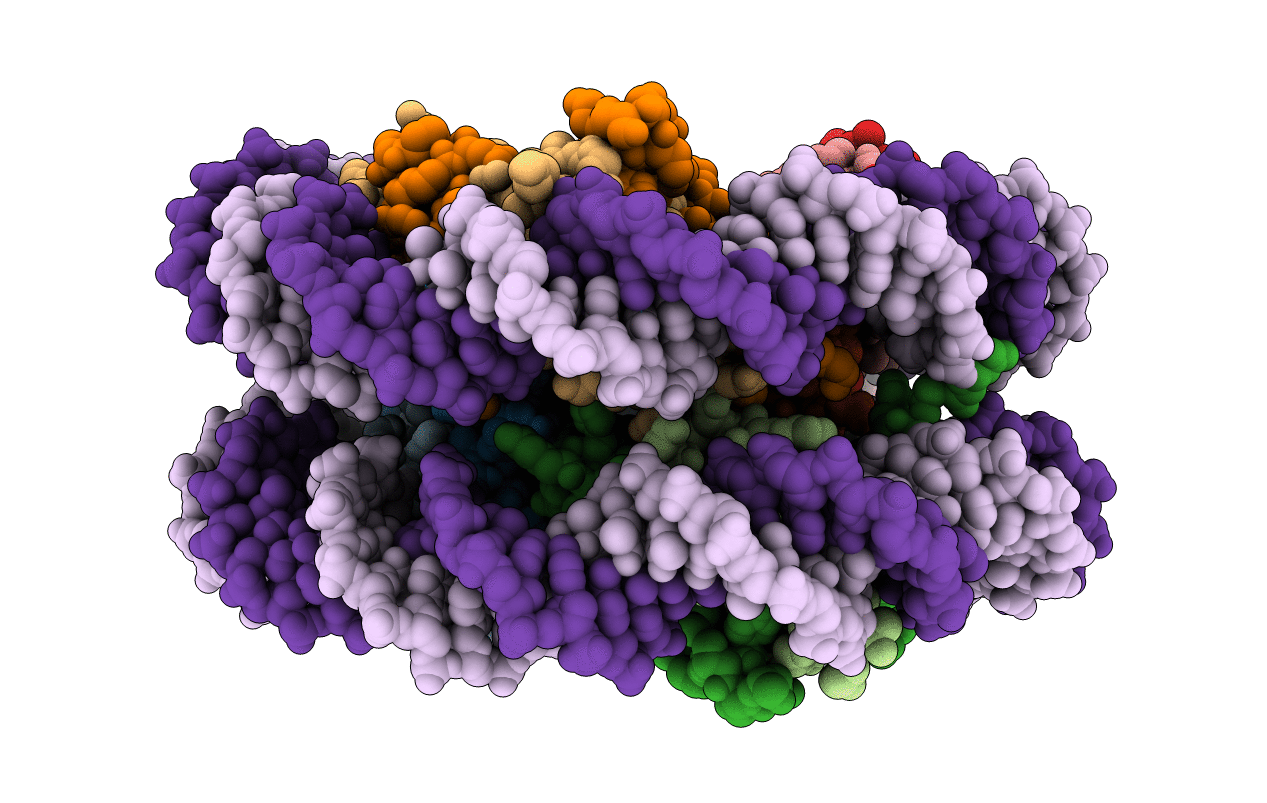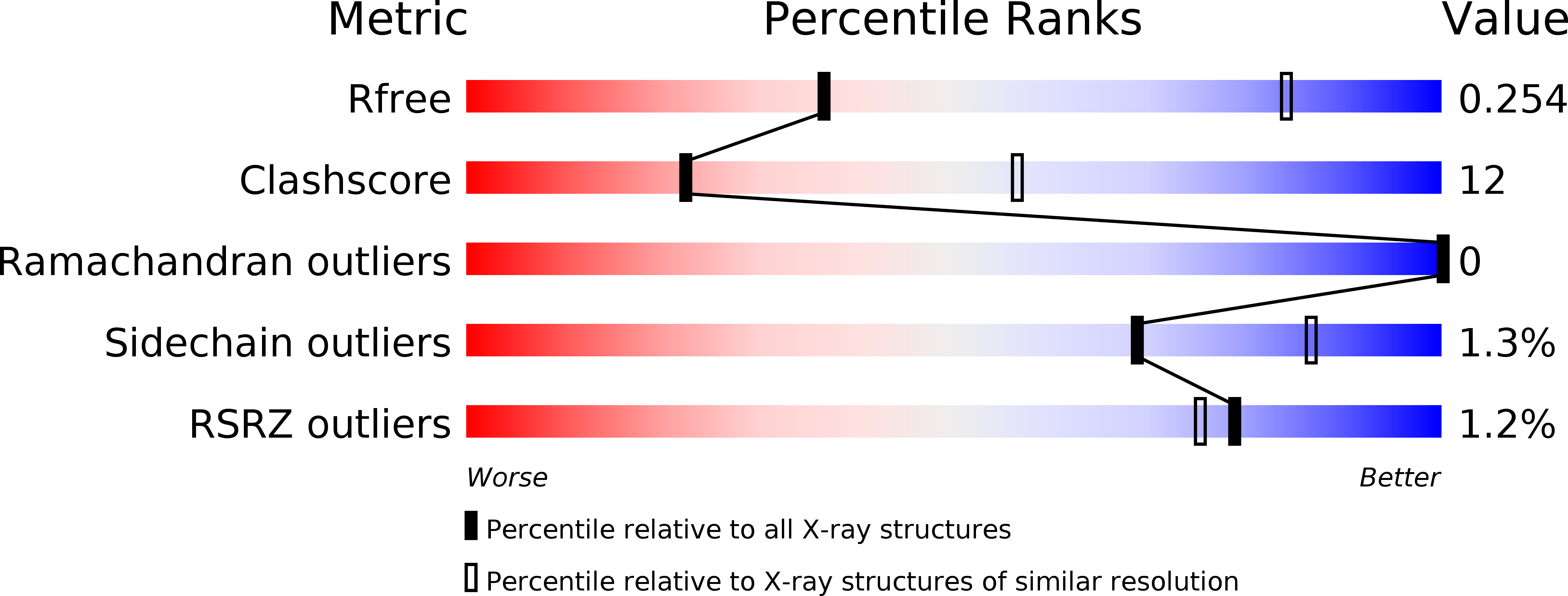
Deposition Date
2017-05-12
Release Date
2018-03-07
Last Version Date
2023-11-22
Entry Detail
PDB ID:
5XM1
Keywords:
Title:
The mouse nucleosome structure containing H2A, H2B type3-A, H3mm7, and H4
Biological Source:
Source Organism:
Mus musculus (Taxon ID: 10090)
Homo sapiens (Taxon ID: 9606)
Homo sapiens (Taxon ID: 9606)
Host Organism:
Method Details:
Experimental Method:
Resolution:
3.45 Å
R-Value Free:
0.25
R-Value Work:
0.19
R-Value Observed:
0.20
Space Group:
P 21 21 21


